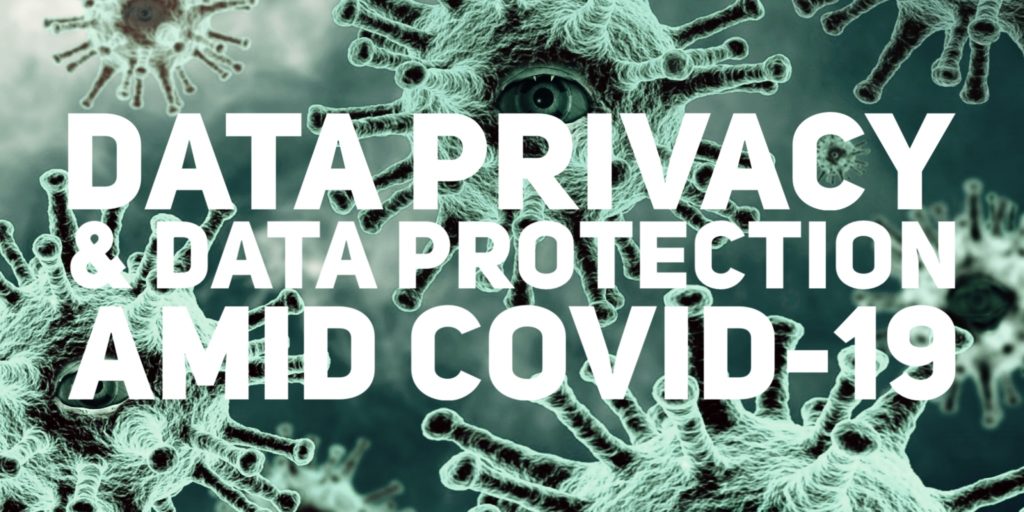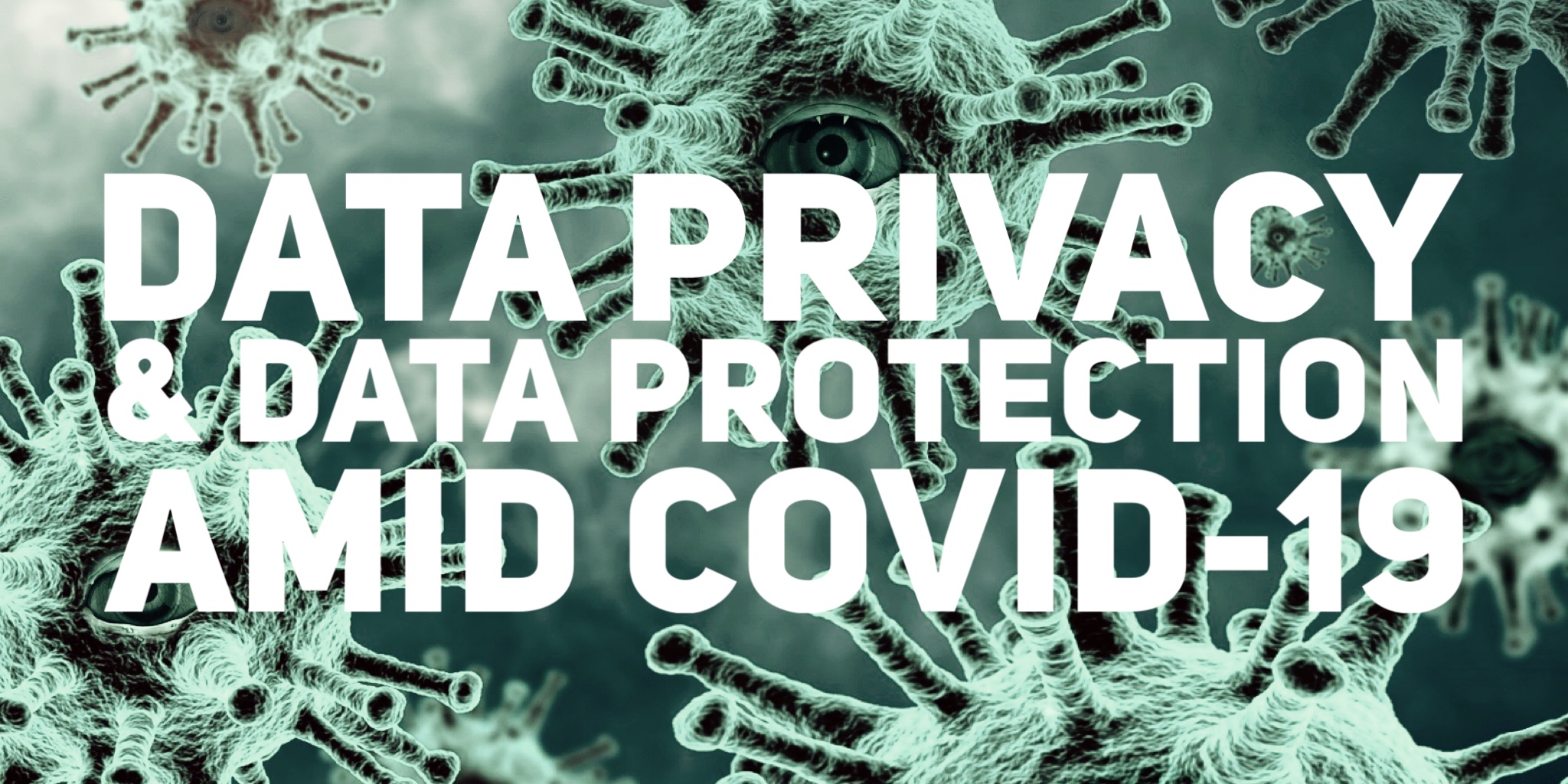When it comes to selecting the right NVMe over Fabrics™ (NVMe-oF™) solution, one should look beyond test results that demonstrate NVMe-oF’s dramatic reduction in latency and consider the other, more important, questions such as “How does the transport really impact application performance?” and “How does the transport holistically fit into my environment?”
To date, the focus has been on specialized fabrics like RDMA (e.g., RoCE) because it provides the lowest possible latency, as well as Fibre Channel because it is generally considered to be the most reliable. However, with the introduction of NVMe-oF/TCP this conversation must be expanded to also include considerations regarding scale, cost, and operations. That’s why the SNIA Networking Storage Forum (NSF) is hosting a webcast series that will dive into answering these questions beyond the standard answer “it depends.”
The first in this series will be on March 25, 2021 “NVMe-oF: Looking Beyond Performance Hero Numbers” where SNIA experts with deep NVMe and fabric technology expertise will discuss the thought process you can use to determine pros and cons of a fabric for your environment, including:
- Use cases driving fabric choices
- NVMe transports and their strengths
- Industry dynamics driving adoption
- Considerations for scale, security, and efficiency
Future webcasts will dive deeper and cover operating and managing NVMe-oF, discovery automation, and securing NVMe-oF. I hope you will register today. Our expert panel will be available on March 25th to answer your questions.















Leave a Reply